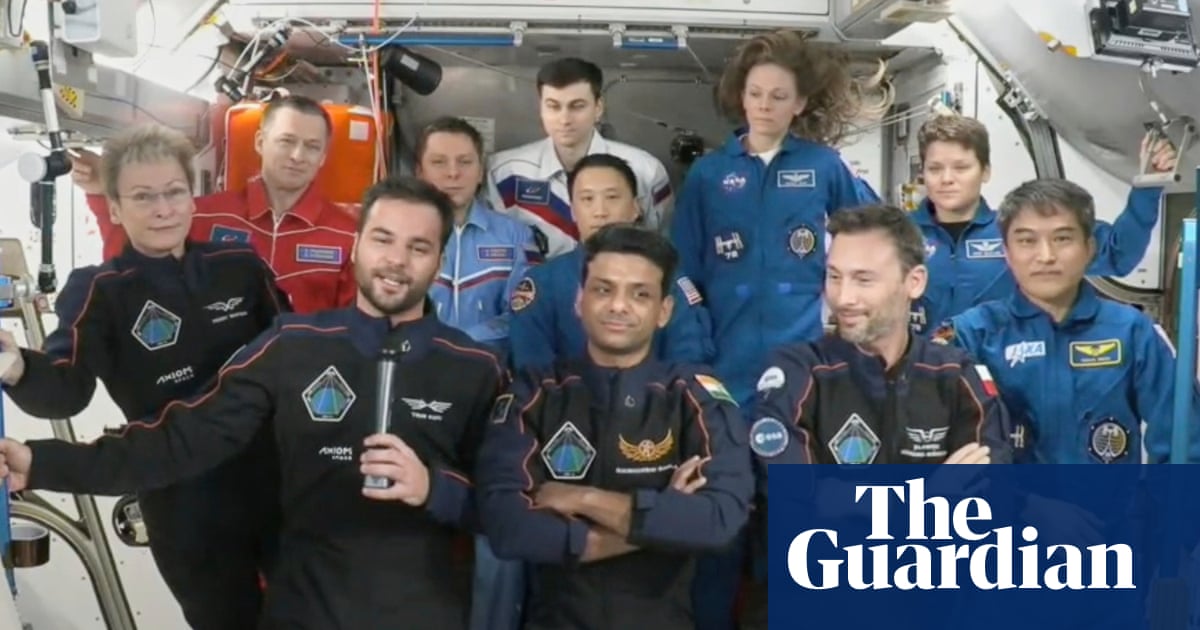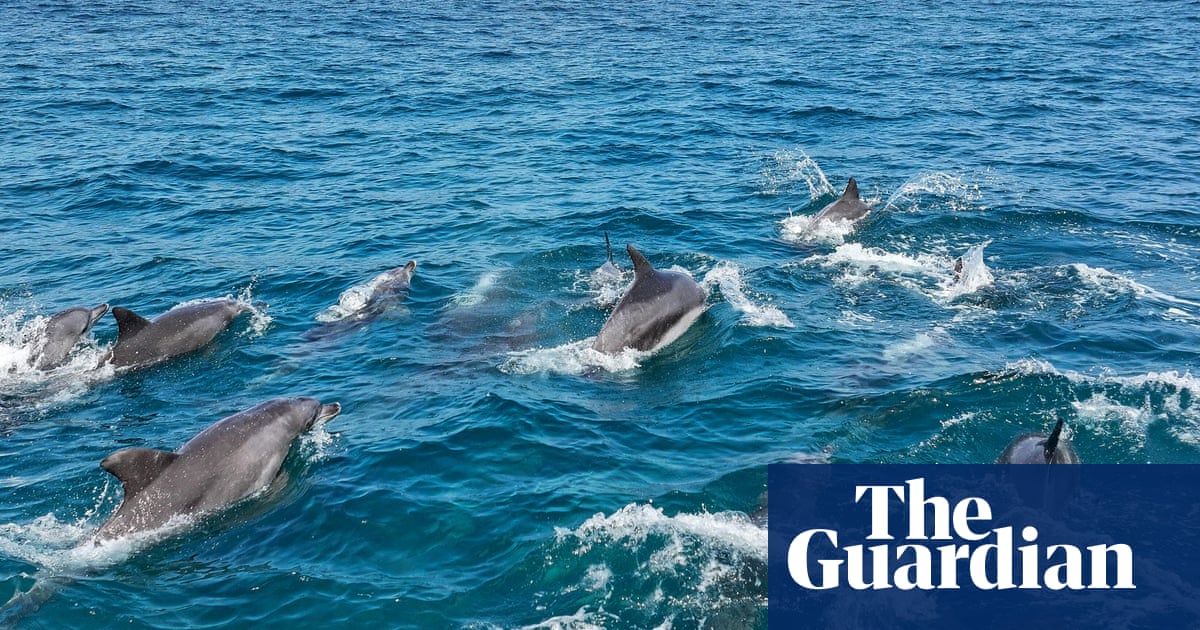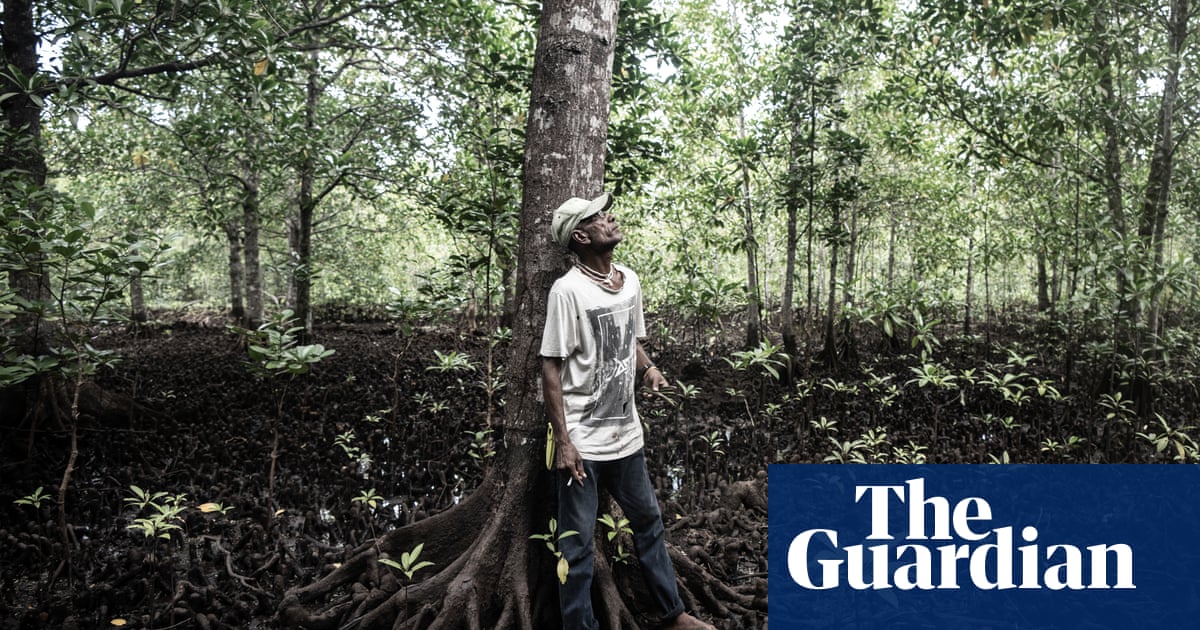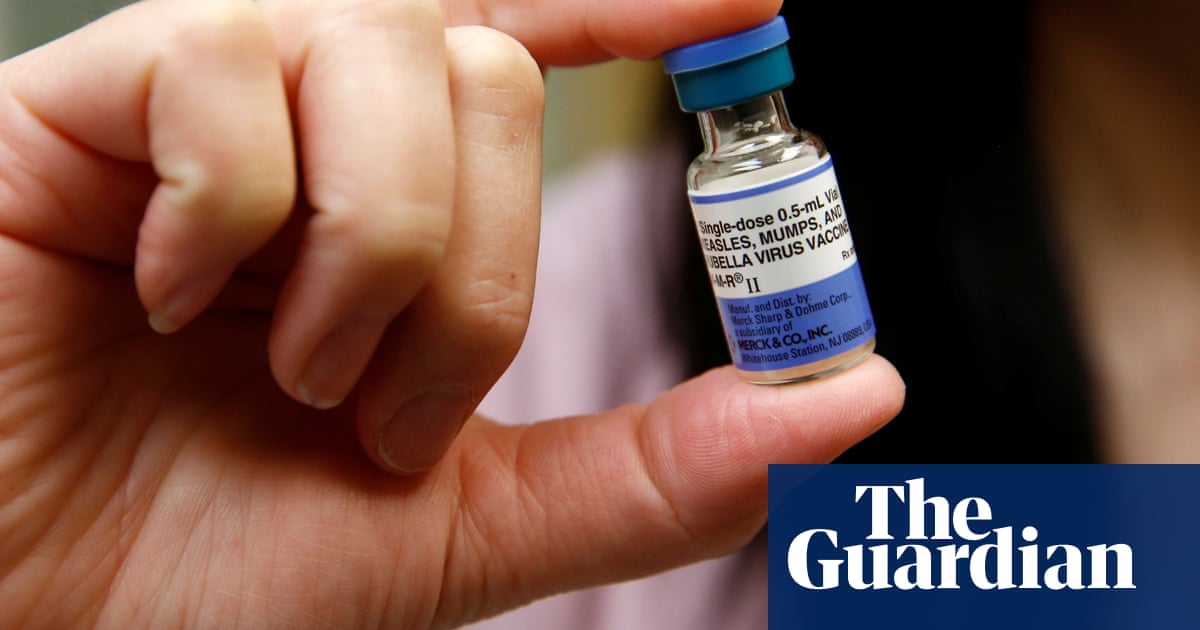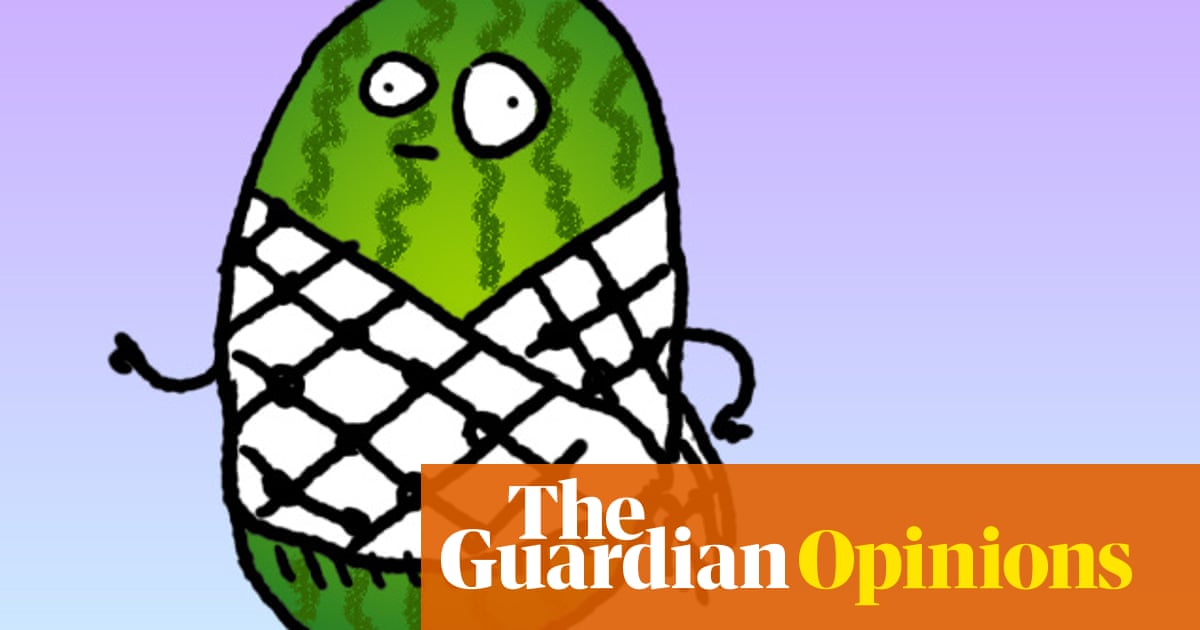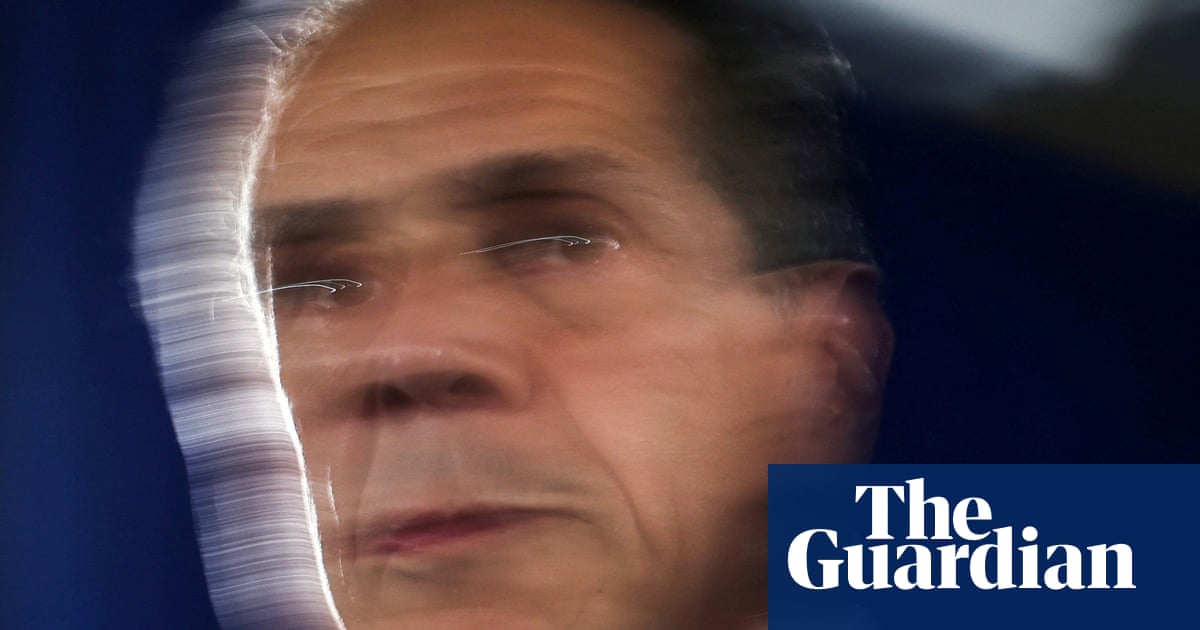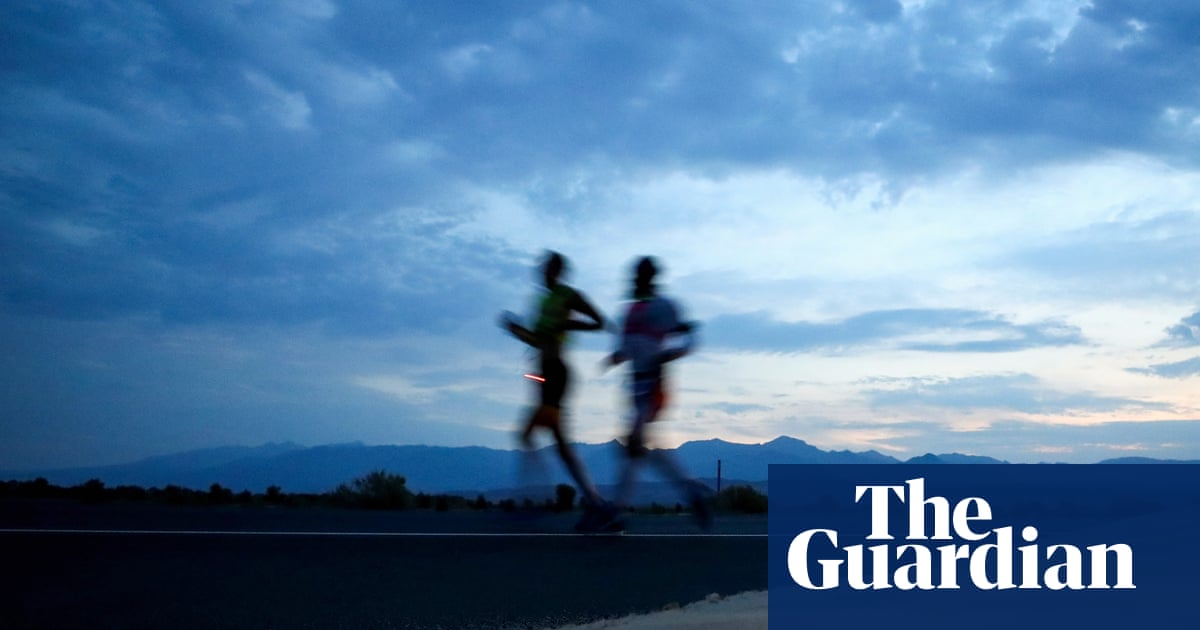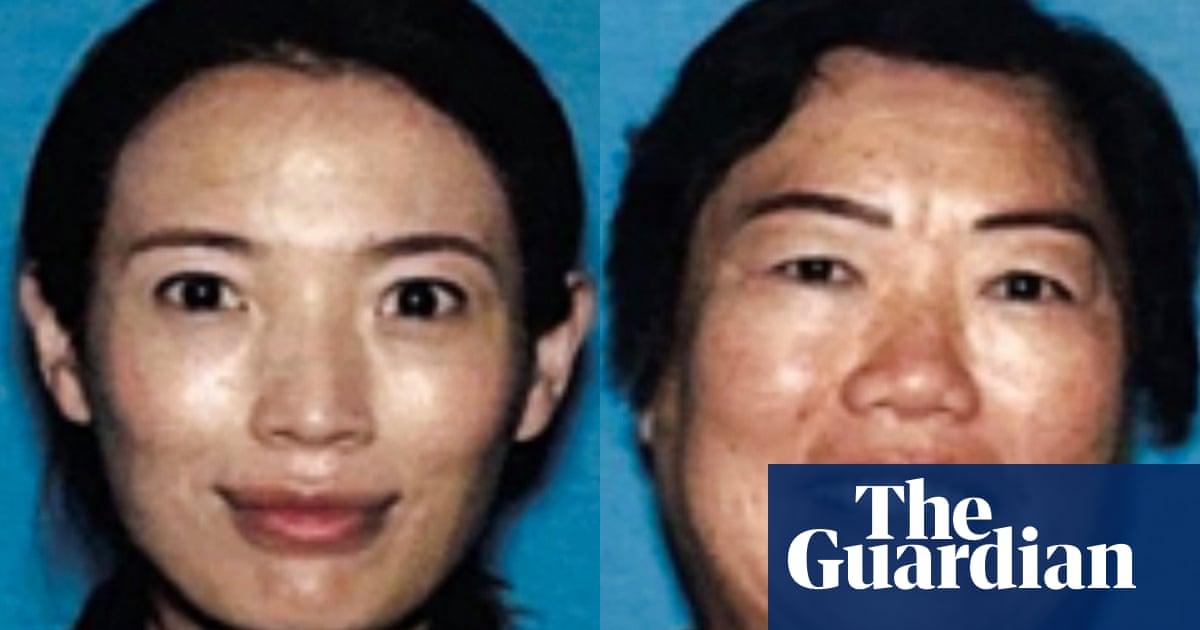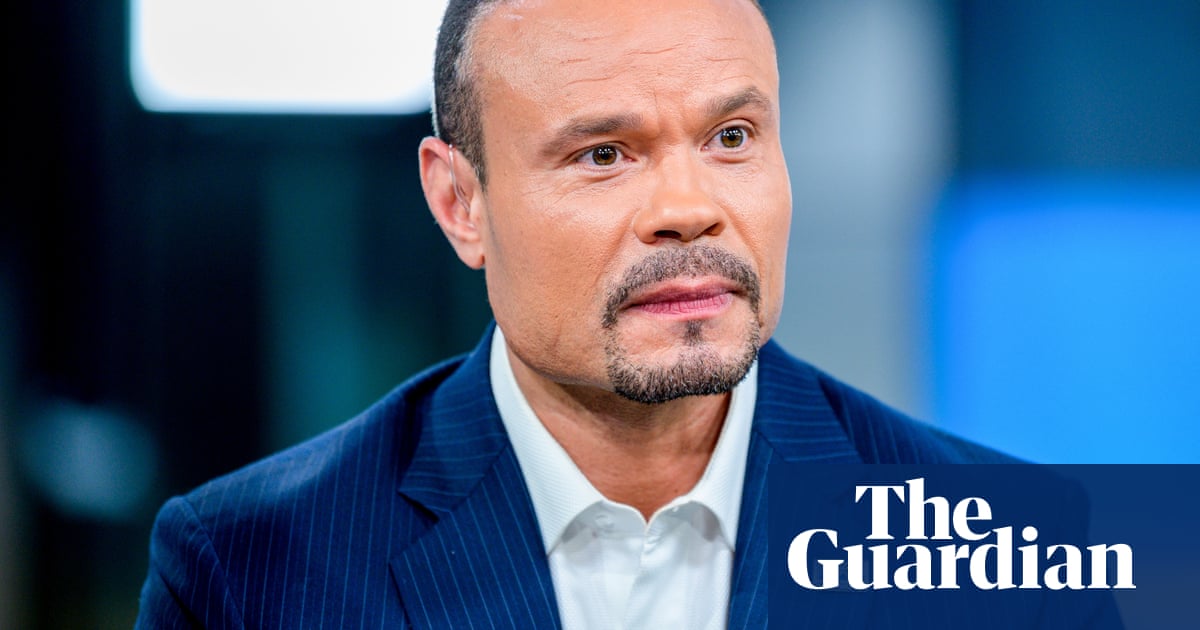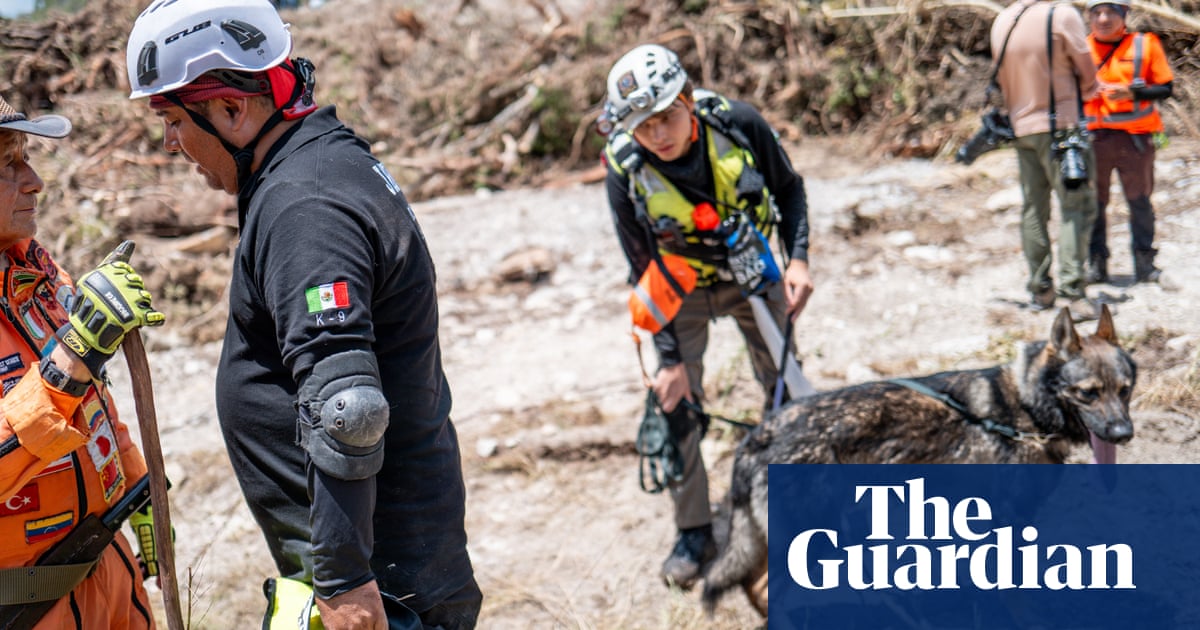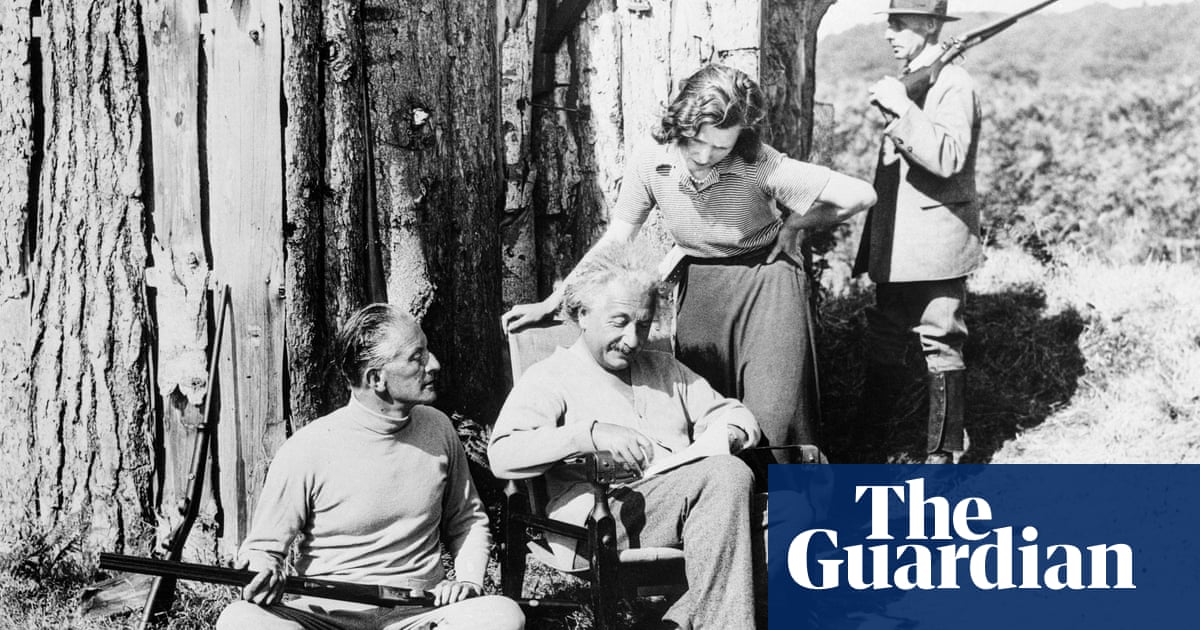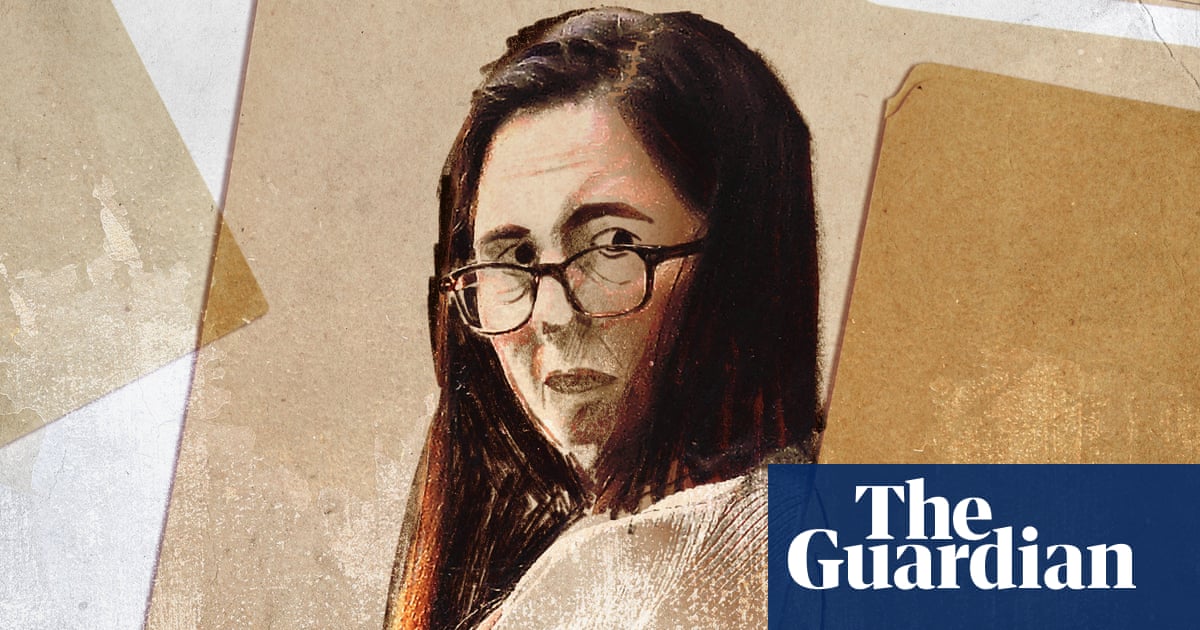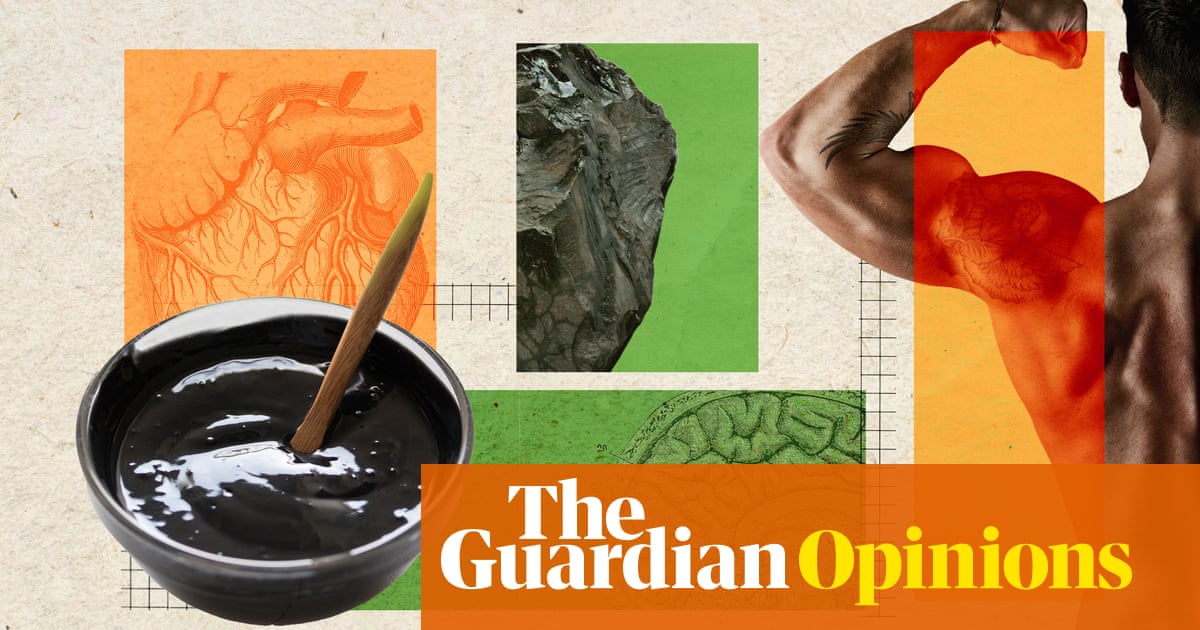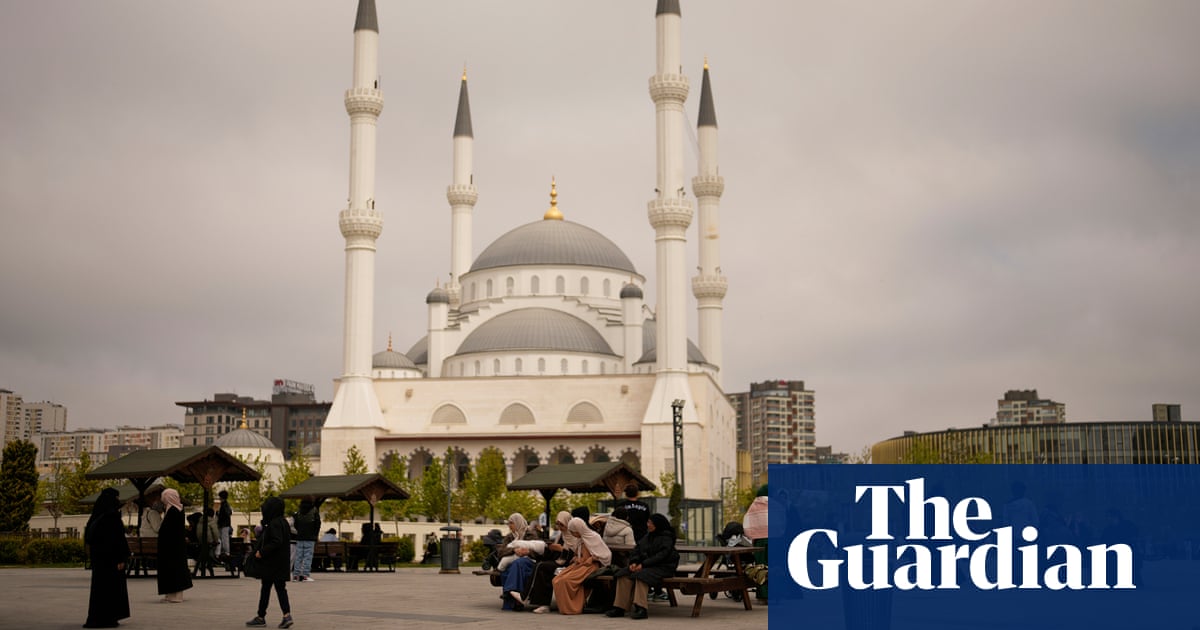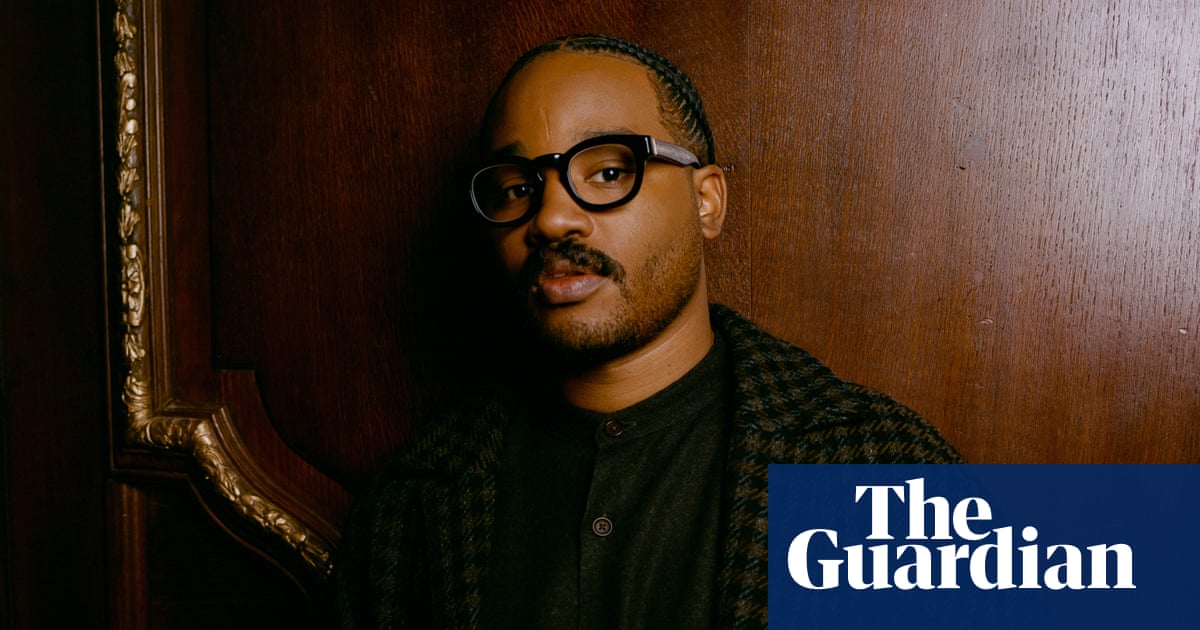Scientists expect to gain unprecedented insights into human ageing and the earliest signs of disease after scanning 100,000 people from head to toe in the world’s largest whole body imaging project.
The completion of the decade-long task means qualifying researchers worldwide will have access to 1bn de-identified images of the hearts, brains, abdomens, blood vessels, bones and joints of volunteers alongside medical histories and rich data on their genetic makeup, health and lifestyle.
Subsets of the images compiled by UK Biobank, which follows the health of half a million people in Britain, have already underpinned breakthroughs in how the heart influences psychiatric disorders and shown that the scans can predict dozens of future diseases. They also suggest no amount of alcohol consumption is healthy.
“Researchers now have an incredible window into the body,” said Naomi Allen, the chief scientist at UK Biobank. “For the first time, researchers can study how we age and how diseases develop in stunning detail and at a massive scale.”
“We hope that the findings … will change the way the world detects and treats disease before people get sick,” she added.
The imaging project captured 12,000 images from each volunteer, revealing the size, shape and structure of the brain, bones, heart and other organs, along with bone density and body fat. Ultrasound scans on arteries in the neck looked for blockages or narrowing that raise the risk of stroke.
Paul Matthews, the chair of the UK Biobank imaging group, and a professor of neuroscience at Imperial College London, said the scans were so detailed that scientists could spot people at higher risk of dementia from changes that were previously invisible. The scans reveal differences in brain size as small as a teaspoon of water, or a few tenths of a per cent of the brain’s total volume, he said. The procedure is now being trialled in the NHS.
Other work based on the brain scans found that consuming one to two units of alcohol per day was associated with changes in brain size and structure, potentially contributing to memory loss and dementia. “Unfortunately, there is no perfectly safe level and certainly no benefit to the brain from just a glass of wine a day,” Matthews said.
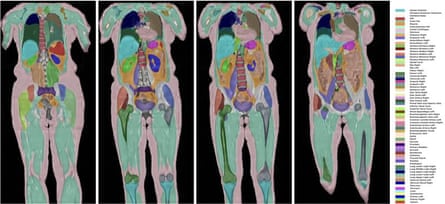
Patricia Munroe, a professor of molecular medicine at Queen Mary University of London, works on the genetics of heart structure, function and disease. The new images capture cycles of heartbeats, allowing her to search for genes that govern the heart’s function as a pump, as well as its structure, and see when they go awry.
after newsletter promotion
Doctors have long used body mass index (BMI) to assess people’s risk of diabetes and heart disease, but abdominal scans show that people with the same BMI and waist measurement can have radically different fat distributions, which alters their risk of heart disease.
UK Biobank is now re-scanning 60,000 volunteers to see how people’s brains, bodies and bones change in the years after their first scan. Louise Thomas, a professor of metabolic imaging at the University of Westminster, has looked at body scans taken two years apart. “The results were shocking. The amount of visceral fat, the bad fat in the abdomen, had increased,” she said. Muscle also becomes more fatty. “As we get older, we become more and more marbled,” she said. “We’re becoming wagyu beef.”
Medical advances made from the images are expected to transform procedures in the NHS. One of Thomas’s colleagues automated the detection of aneurysms – life-threatening bulges in blood vessel walls. While men are already screened for them, women are not, even though they are more serious in women. “We can do lots of things we weren’t able to do before. It’s quite extraordinary,” Thomas added.

 4 hours ago
3
4 hours ago
3
